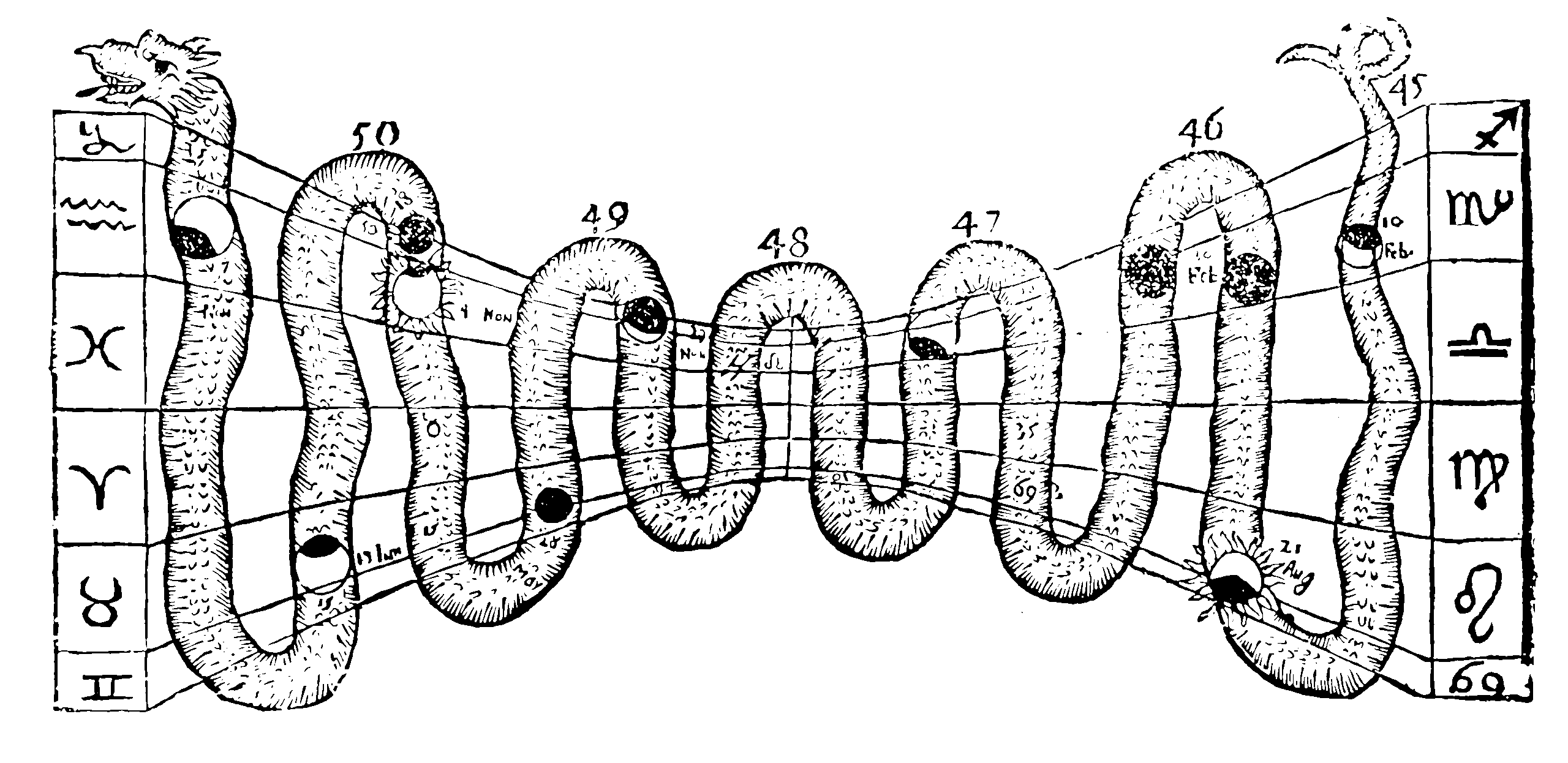Deep sets
Invariant and equivariant functions, learning to aggregate
November 24, 2022 — June 3, 2024
Suspiciously similar content
Neural learning of exchangeable functions, a certain type of symmetry constraint, or (maybe) equivalently respecting projectivity. Why might we do this? Well, for example, a learnable statistic of i.i.d observations is an exchangeable function of the data. So, learning to do something like classic statistics requires us to be able to learn things that respect the same invariances as classical statistics. TBD
1 Permutation invariant statistics
Zaheer et al. (2017) is a short and beautiful paper.
A function \(f: 2^{\mathfrak{X}} \rightarrow \mathcal{Y}\) acting on sets must be permutation invariant to the order of objects in the set, i.e. for any permutation \(\pi: f\left(\left\{x_1, \ldots, x_M\right\}\right)=f\left(\left\{x_{\pi(1)}, \ldots, x_{\pi(M)}\right\}\right)\).
We use functions like this all the time; empirical statistics are of this form. We also use permutation equivariant functions:
\(\mathbf{f}: \mathfrak{X}^M \rightarrow \mathcal{Y}^M\) that upon permutation of the input instances permutes the output labels, i.e. for any permutation \(\pi\) : \[ \mathbf{f}\left(\left[x_{\pi(1)}, \ldots, x_{\pi(M)}\right]\right)=\left[f_{\pi(1)}(\mathbf{x}), \ldots, f_{\pi(M)}(\mathbf{x})\right] \]
The main results of Zaheer et al. (2017) are:
Theorem 2: A function \(f(X)\) operating on a set \(X\) having elements from a countable universe, is a valid set function, i.e., invariant to the permutation of instances in \(X\), iff it can be decomposed in the form \(\rho\left(\sum_{x \in X} \phi(x)\right)\), for suitable transformations \(\phi\) and \(\rho\).
This is not proven in general for uncountable universes, but the authors assert it is true if some sane topology is applied to the space.
The basic architecture is simple:
2 Permutation equivariant statistics
Zaheer et al. (2017) again:
Next, we analyze the equivariant case when \(\mathfrak{X}=\mathcal{Y}=\mathbb{R}\) and \(\mathbf{f}\) is restricted to be a neural network layer. The standard neural network layer is represented as \(\mathbf{f}_{\Theta}(\mathbf{x})=\boldsymbol{\sigma}(\Theta \mathbf{x})\) where \(\Theta \in \mathbb{R}^{M \times M}\) is the weight vector and \(\sigma: \mathbb{R} \rightarrow \mathbb{R}\) is a nonlinearity such as sigmoid function. The following lemma states the necessary and sufficient conditions for permutation-equivariance in this type of function.
Lemma 3: The function \(\mathbf{f}_{\Theta}: \mathbb{R}^M \rightarrow \mathbb{R}^M\) defined above is permutation equivariant iff all the offdiagonal elements of \(\Theta\) are tied together and all the diagonal elements are equal as well. That is, \(\Theta=\lambda \mathbf{I}+\gamma\left(\mathbf{1 1}^{\top}\right) \quad \lambda, \gamma \in \mathbb{R} \quad \mathbf{1}=[1, \ldots, 1]^{\top} \in \mathbb{R}^M \quad \mathbf{I} \in \mathbb{R}^{M \times M}\) is the identity matrix. This result can be easily extended to higher dimensions, i.e., \(\mathfrak{X}=\mathbb{R}^d\) when \(\lambda, \gamma\) can be matrices.
Original implementation is here: manzilzaheer/DeepSets. Implementation in terms of NNs is fairly obvious; we just make \(\phi\) and \(\rho\) into NNs.
See also Sainsbury-Dale, Zammit-Mangion, and Huser (2022) for some usage of the above.
Great explainer by the authors of Wagstaff et al. (2019), which is an essential update to Zaheer et al. (2017): DeepSets: Modeling Permutation Invariance. Update: That same blog post without broken image links. tl;dr for continuous sets we need to know an upper bound on set size.
3 Set-valued set NNs
A set-valued function will be equivariant, as above. So a set-predicting layer has the following special structure:
4 Neural statistics
Related results in Edwards and Storkey (2017). Not much cross-citation between these lineages; I wonder about how they overlap.
5 Neural processes
Cool connection — neural process regression leverages deep sets, since the conditionals are required to be equivariant with respect to exchangeable inputs.
6 Limited exchangeability
As seen in graph inference.
Michael Larionov:
7 Attention
Attention networks, in particular transformers, I have been informed by my colleagues Tom Blau and Xuesong Wang, are worth investigating for permutation invariance. Indeed Fabian Fuchs et al note that
Self-attention via {keys, queries, and values} as in the Attention Is All You Need paper (Vaswani et al. 2017) is closely linked to Deep Sets. Self-attention is itself permutation-invariant unless you use positional encoding as often done in language applications. In a way, self-attention “generalises” the summation operation as it performs a weighted summation of different attention vectors. You can show that when setting all keys and queries to 1.0, you effectively end up with the Deep Sets architecture.
Cool! So the process of generating things could conceivably be done by something transformer-like.
8 Point processes and point clouds
e.g. Qi et al. (2017).

